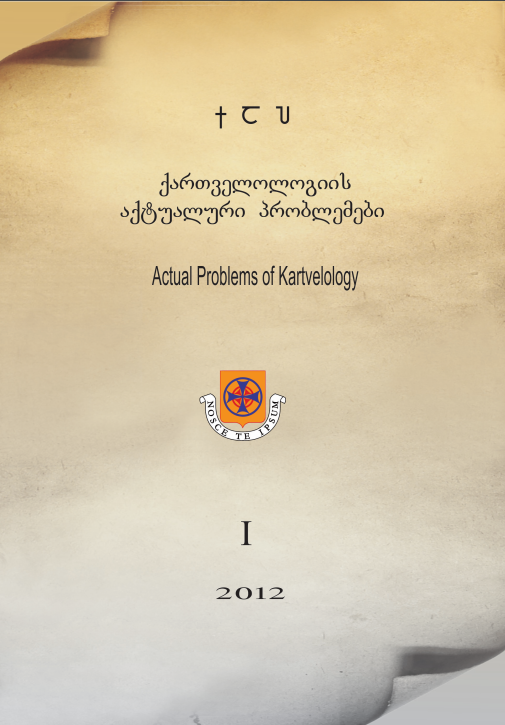Falsification of history in the service of political adventurism, or Playing “Unpredictable Past” for the Sake of Dubious Future
/Russian-Ossetian version of the history of Inner Kartli/
Keywords:
Falsification of history, political adventurism, Ossetia, South Ossetia, GeorgiaAbstract
The work discusses the issue of the so-called illegal armed military action in South Ossetia in a historical context, namely the period when several years ago Eduard Kokoity, the head of the self-proclaimed "Republic of South Ossetia" on a small part of the territory of the Shida Kartli region of Georgia, controlled by illegal armed formations called the "South Ossetian Army" and their supporting Russian "peacekeepers", declared his intention to join the said territory to the Russian Federation. To substantiate this initiative, Eduard Kokoity cited a secret "historical document on the accession of United Ossetia to the Russian Empire in 1774". It is not surprising that in response to such a statement by the "leader" of the "republic" unrecognized in the world, the then Deputy State Minister of Georgia for Conflict Resolution, Giorgi Volsky, reminded everyone that in 1774, neither the mythical "United Ossetia" nor another Ossetia existed on the territory of Georgia. Apparently, this statement by Mr. Giorgi Volsky caused great anger among Kokoity's supporters both in Georgia and in Russia.
References
Ronald Grigor Suny, The Making of the Georgian Nation (Bloomington, 1994), pp. 179-181.
Andrew Andersen, Georgia and the International Treaties of 1918-1921 (Toronto, 2018), pp. 101-110.
Artush Sanosian, Self-defense in the Counties of Akhaltsikh and Akhalkalak in 1918 (Yerevan, 1992), pp. 4-29.
Giorgi Kvinitadze, My Memoirs from the Years of Independence 1917–1921 (Paris, 1985), p. 39.
William Edward Allen and Paul Muratoff, Caucasian Battlefields: A History of the Wars on the Turco-Caucasian
Border (Nashville, 1999), pp. 463 and 465-466.
Published
How to Cite
Issue
Section
License
Copyright (c) 2025 Actual Problems of Kartvelology

This work is licensed under a Creative Commons Attribution-NonCommercial-NoDerivatives 4.0 International License.









